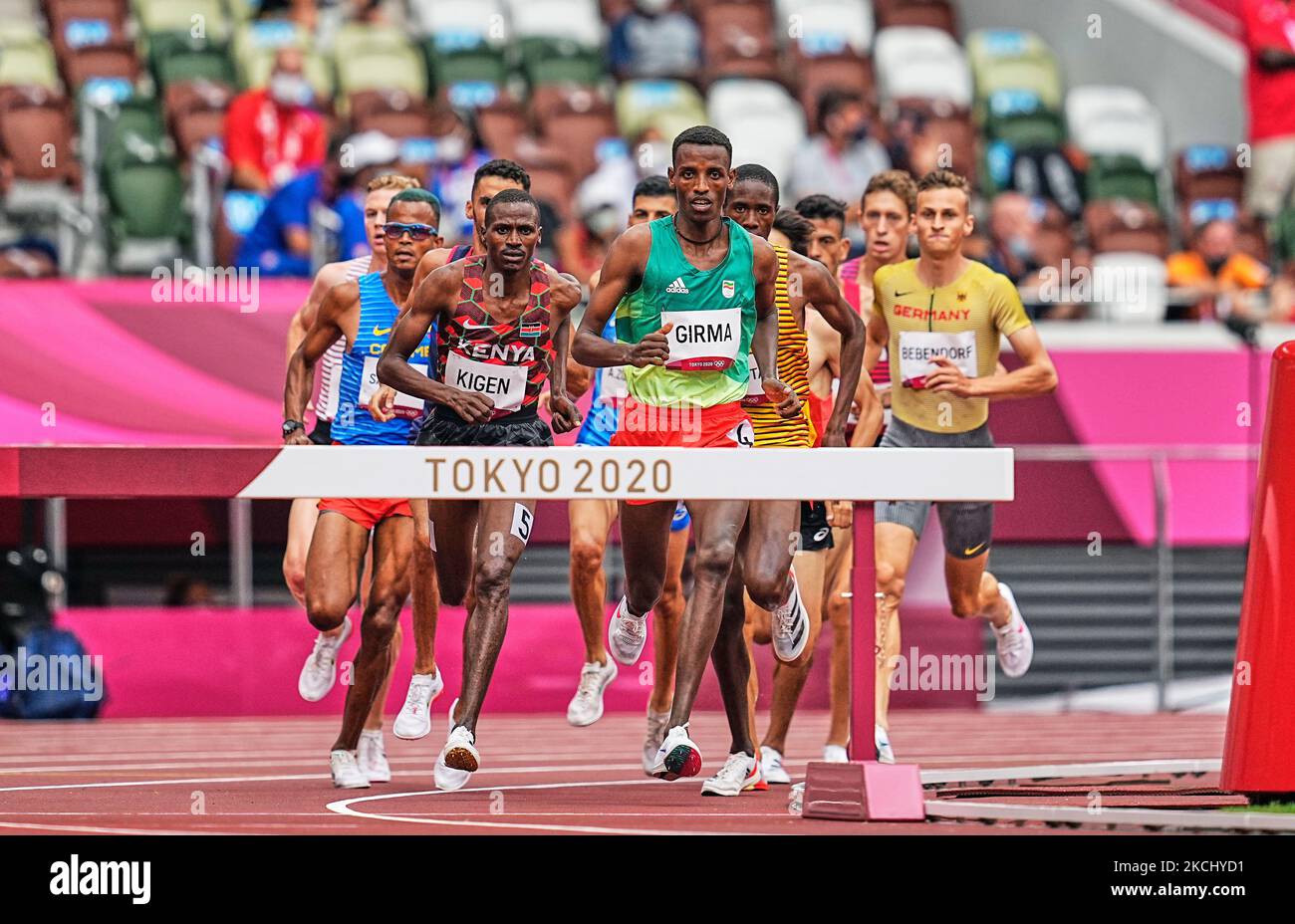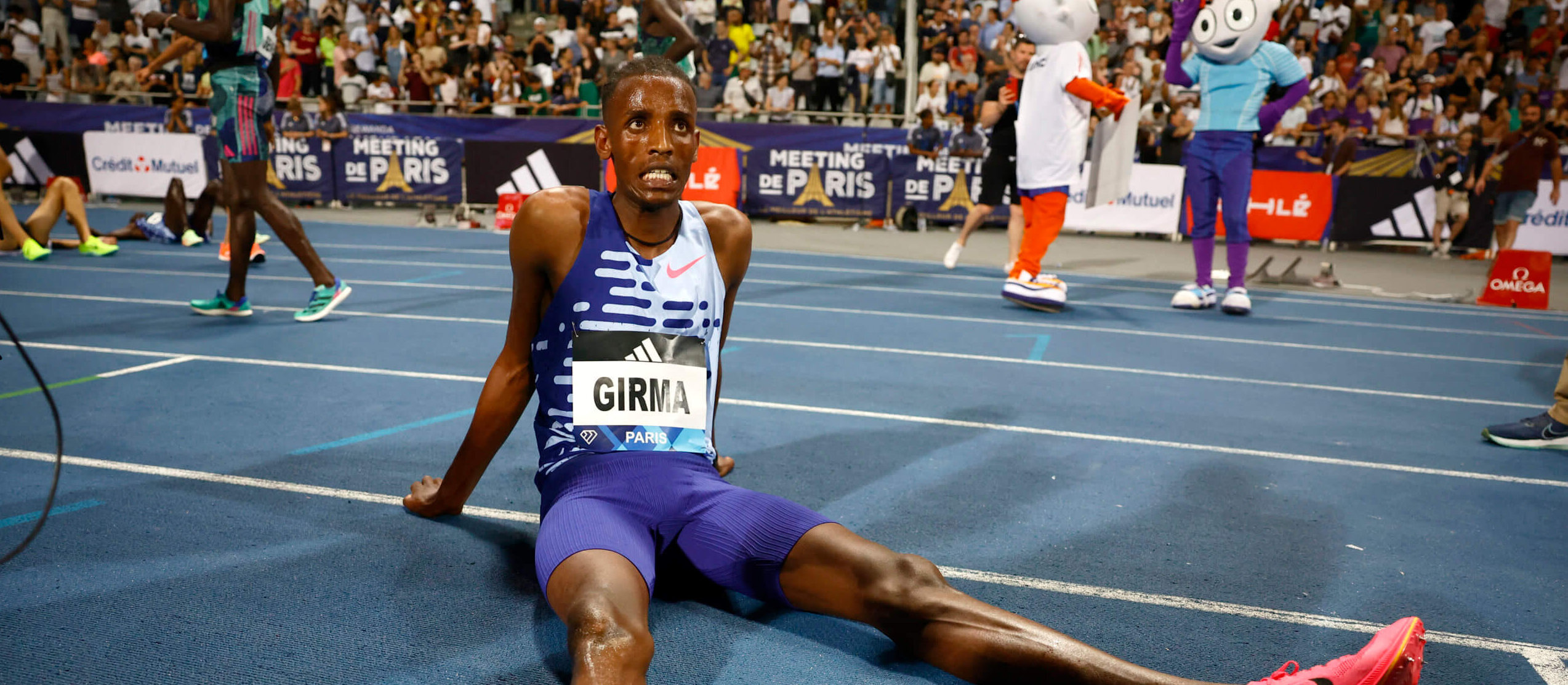The Girma Steeplechase

The Girma Steeplechase is a renowned horse racing event steeped in history and tradition. It’s a spectacle that draws crowds from far and wide, showcasing the thrill of equestrian competition and the rich heritage of the Girma region.
Origins and Early Years, Girma steeplechase fall
The Girma Steeplechase traces its roots back to the early 19th century. It was initially a local event held by the Girma Equestrian Club, a group of horse enthusiasts who sought to test their skills and their horses’ endurance. The first official race was held in 1824, on a course that was laid out across the rolling hills and valleys surrounding the town of Girma. The early races were relatively informal, with a small number of participants and spectators. However, the event quickly gained popularity, attracting riders from neighboring towns and villages.
The Impact of Falls on the Sport: Girma Steeplechase Fall

Falls in the Girma Steeplechase, a thrilling spectacle of equestrian prowess and daring jumps, have left an indelible mark on the sport’s evolution. These dramatic moments, often accompanied by high-speed crashes and dramatic outcomes, have forced the sport to confront its inherent risks and implement significant changes to enhance safety and improve rider well-being. The Girma Steeplechase’s history is intertwined with these falls, which have spurred rule changes, advanced safety protocols, and refined training techniques, ultimately shaping the sport into the high-stakes, thrilling spectacle it is today.
Impact of Falls on Rules and Safety Protocols
Falls in the Girma Steeplechase have been a catalyst for the sport’s evolution, prompting rule changes and safety protocols designed to mitigate risks. The sport’s governing body, the Girma Steeplechase Association (GSA), has implemented a series of measures aimed at enhancing rider safety and reducing the incidence of falls.
- Course Design Modifications: The GSA has made significant changes to the Girma Steeplechase course design, focusing on improving the safety of jumps and obstacles. These changes include adjusting the height and width of fences, adding protective barriers around challenging obstacles, and introducing safer landing zones for horses and riders.
- Equipment Regulations: The GSA has implemented stricter regulations for the equipment used in the Girma Steeplechase, including saddles, bridles, and helmets. These regulations aim to ensure that riders are equipped with the best possible safety gear, minimizing the severity of injuries in the event of a fall.
- Medical Support and Emergency Response: The GSA has invested heavily in enhancing medical support and emergency response protocols at Girma Steeplechase events. This includes having highly trained medical professionals on-site, equipped with advanced medical equipment and rapid response capabilities, ensuring immediate and effective care for riders involved in falls.
- Rider Education and Training: The GSA has also emphasized rider education and training, focusing on safety techniques, fall prevention strategies, and proper horse handling. These programs aim to equip riders with the knowledge and skills necessary to navigate the challenging Girma Steeplechase course safely.
Girma steeplechase fall – The fall at the Girma Steeplechase was a shocking sight, a moment of vulnerability amidst the thrill of the race. It reminded me of the fragility of human bodies, much like the delicate structure of the quincy hall teeth unearthed in Boston, a testament to the lives that once thrived in that very city.
Perhaps it’s the shared history of human resilience and fragility that connects these seemingly disparate events, a reminder that even in moments of triumph, there’s always a chance for unexpected hardship.
Girma’s fall in the steeplechase was a heartbreaking moment, a reminder of the fragility of athletic dreams. It’s easy to focus on the drama of the fall, but the race itself was a testament to raw power and endurance. The 400 m final men is a race that demands both speed and mental fortitude, much like the steeplechase, where athletes must overcome obstacles to reach the finish line.
Though Girma’s race ended prematurely, his spirit and dedication remain an inspiration, a reminder that even in defeat, the journey itself is a victory.